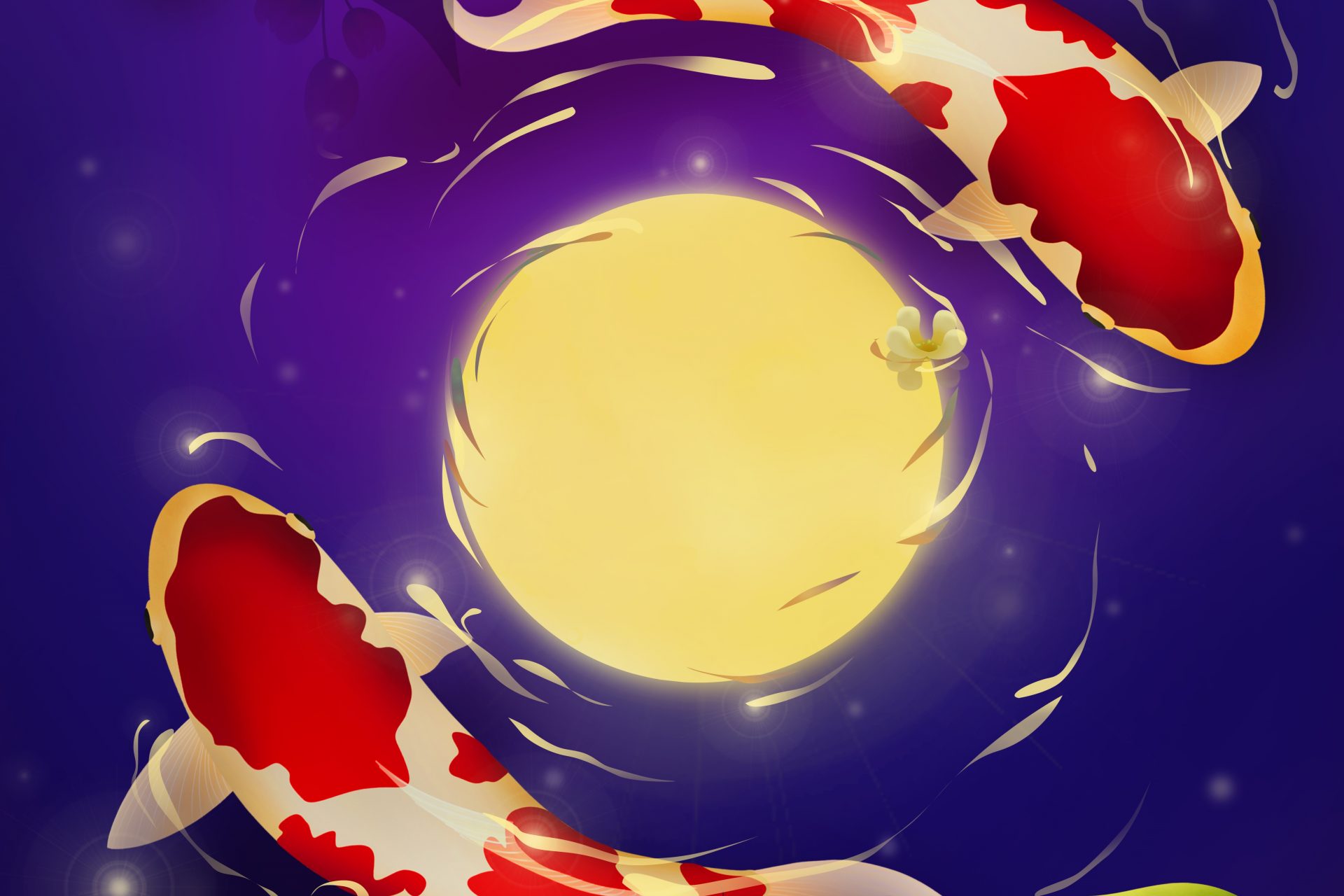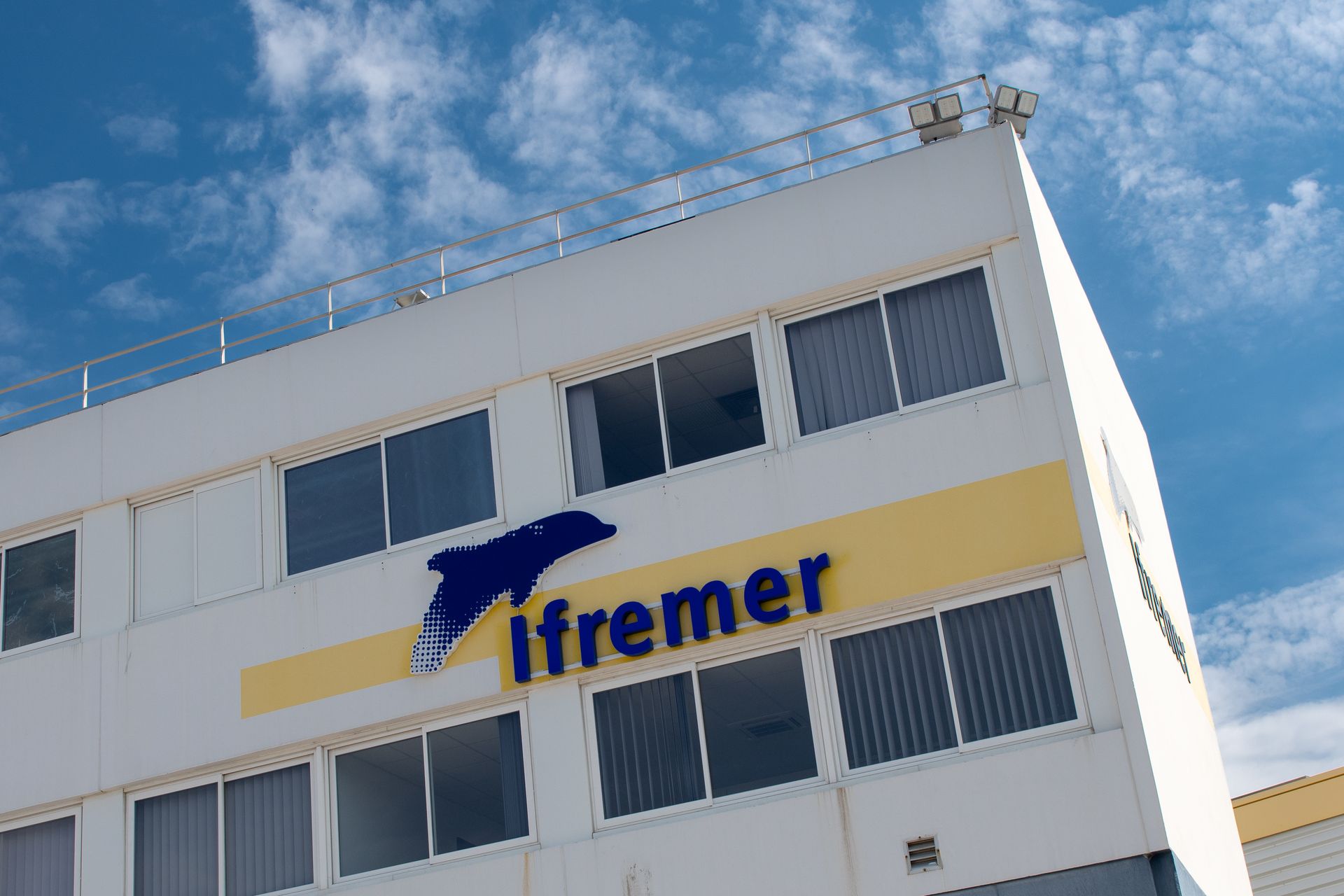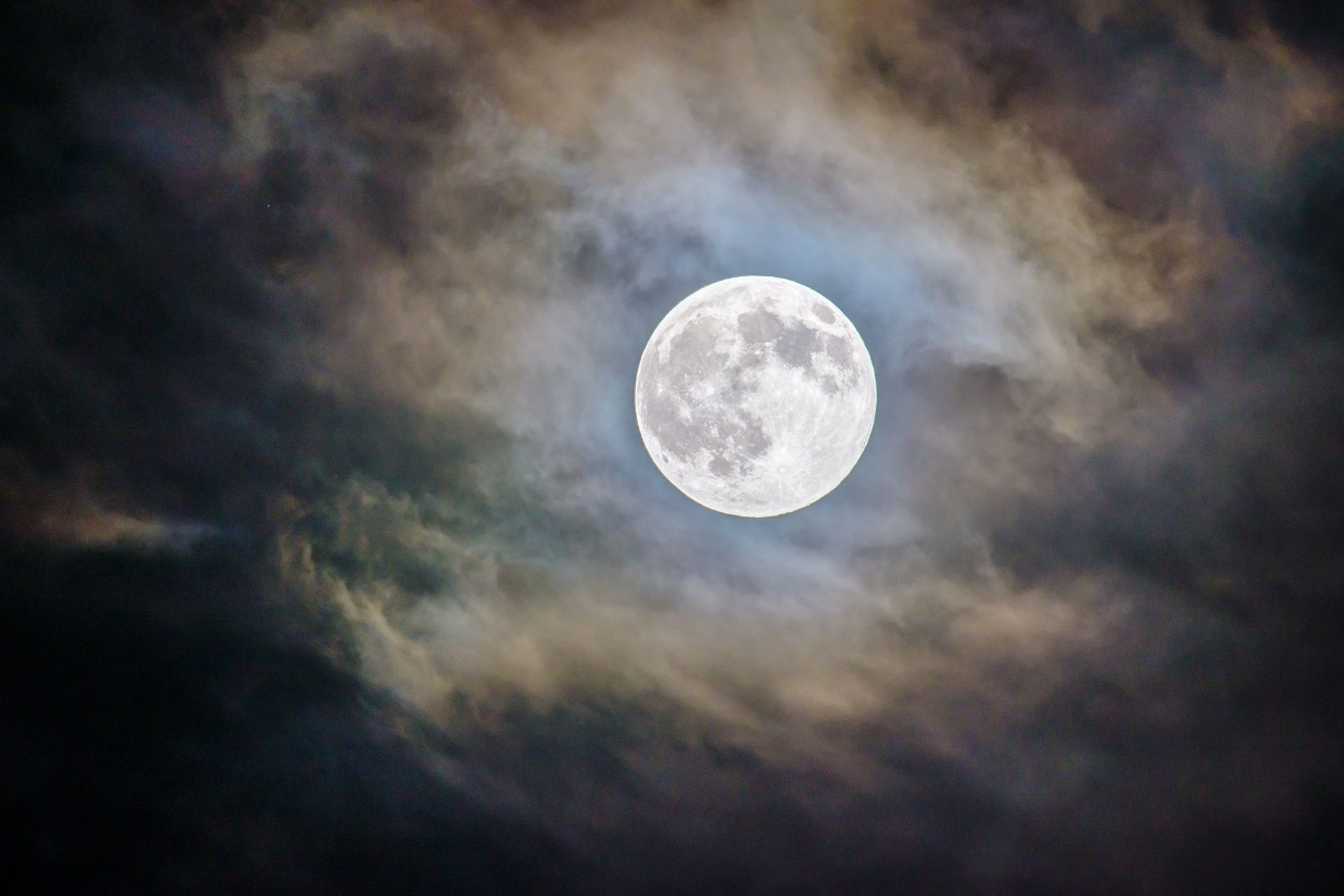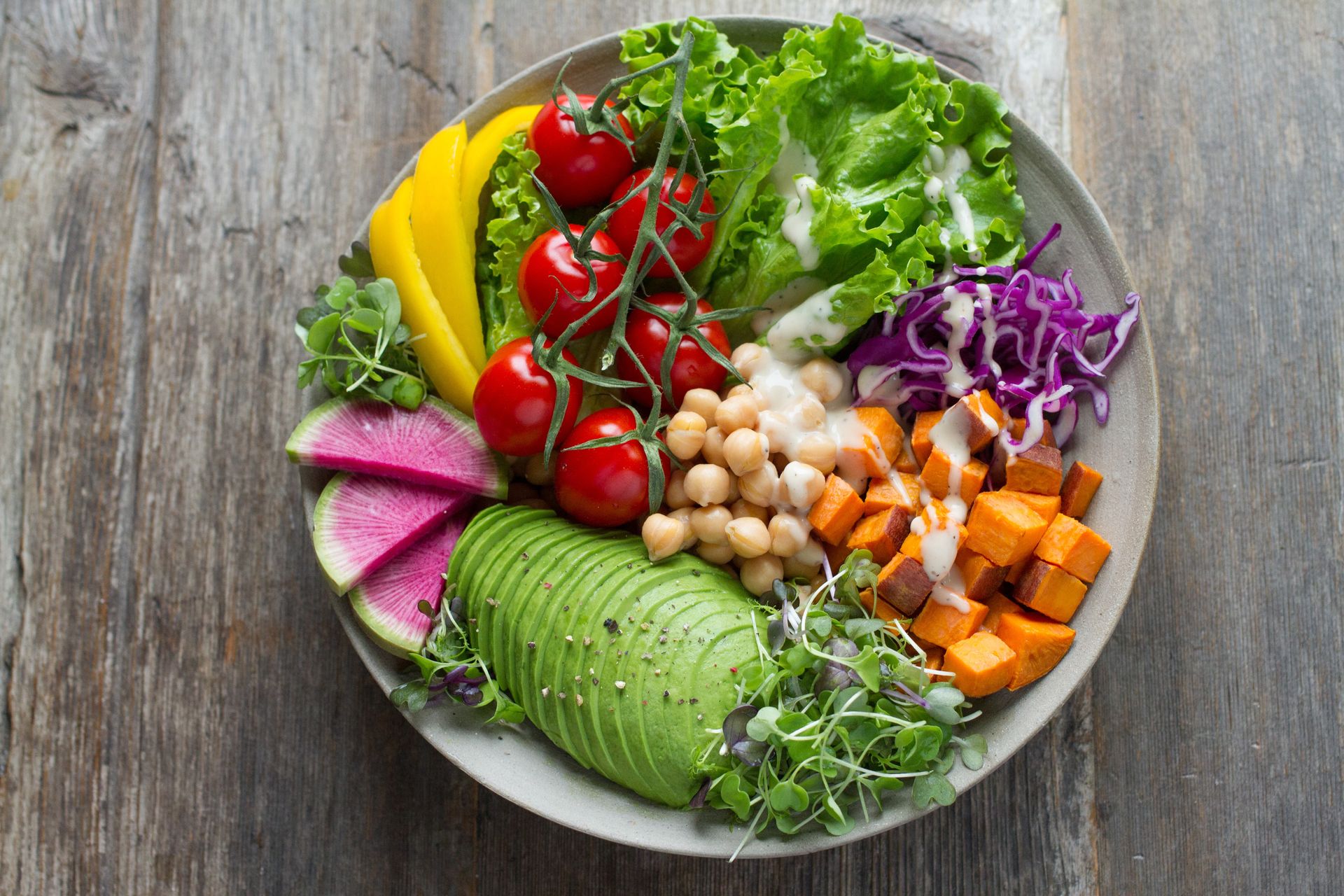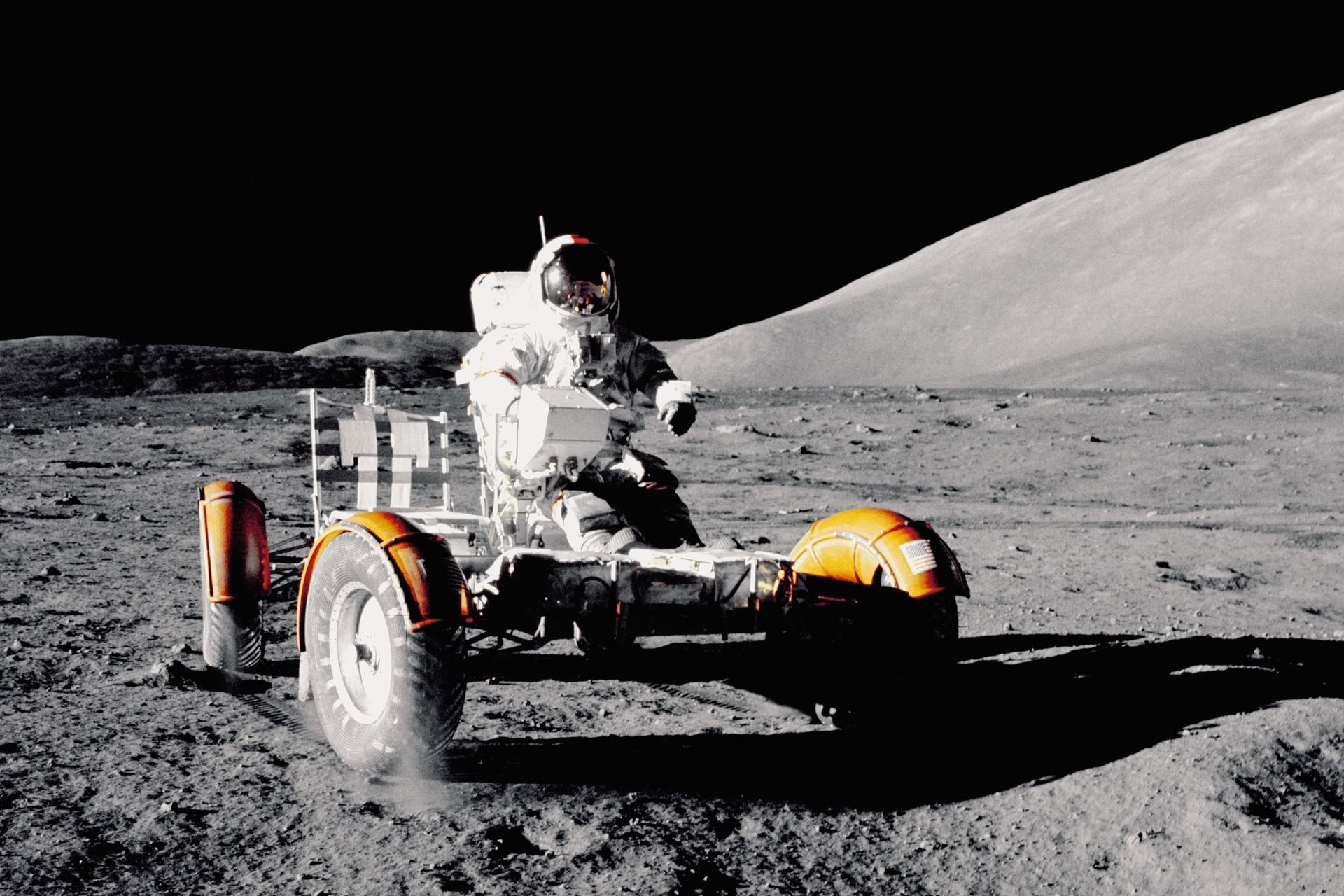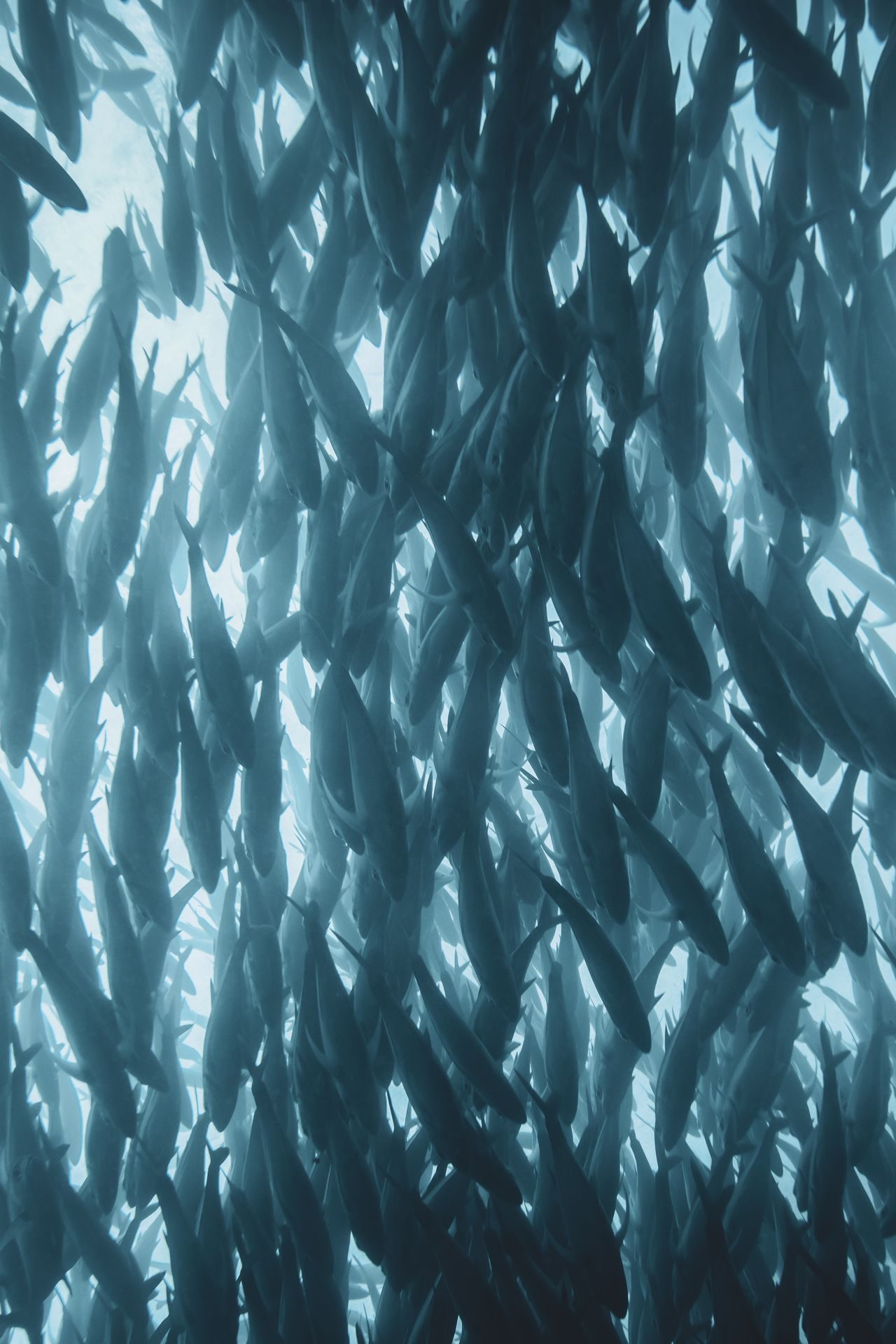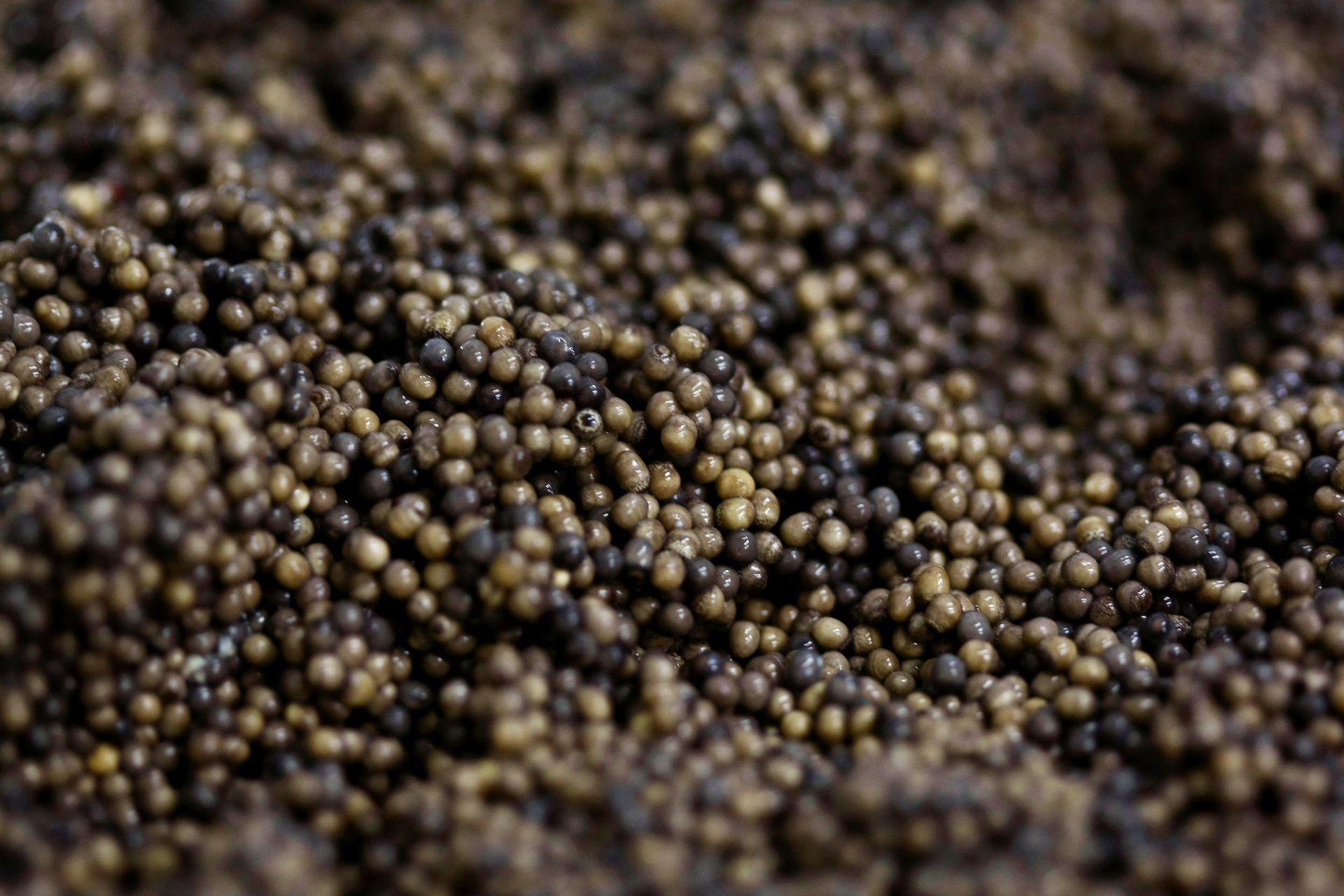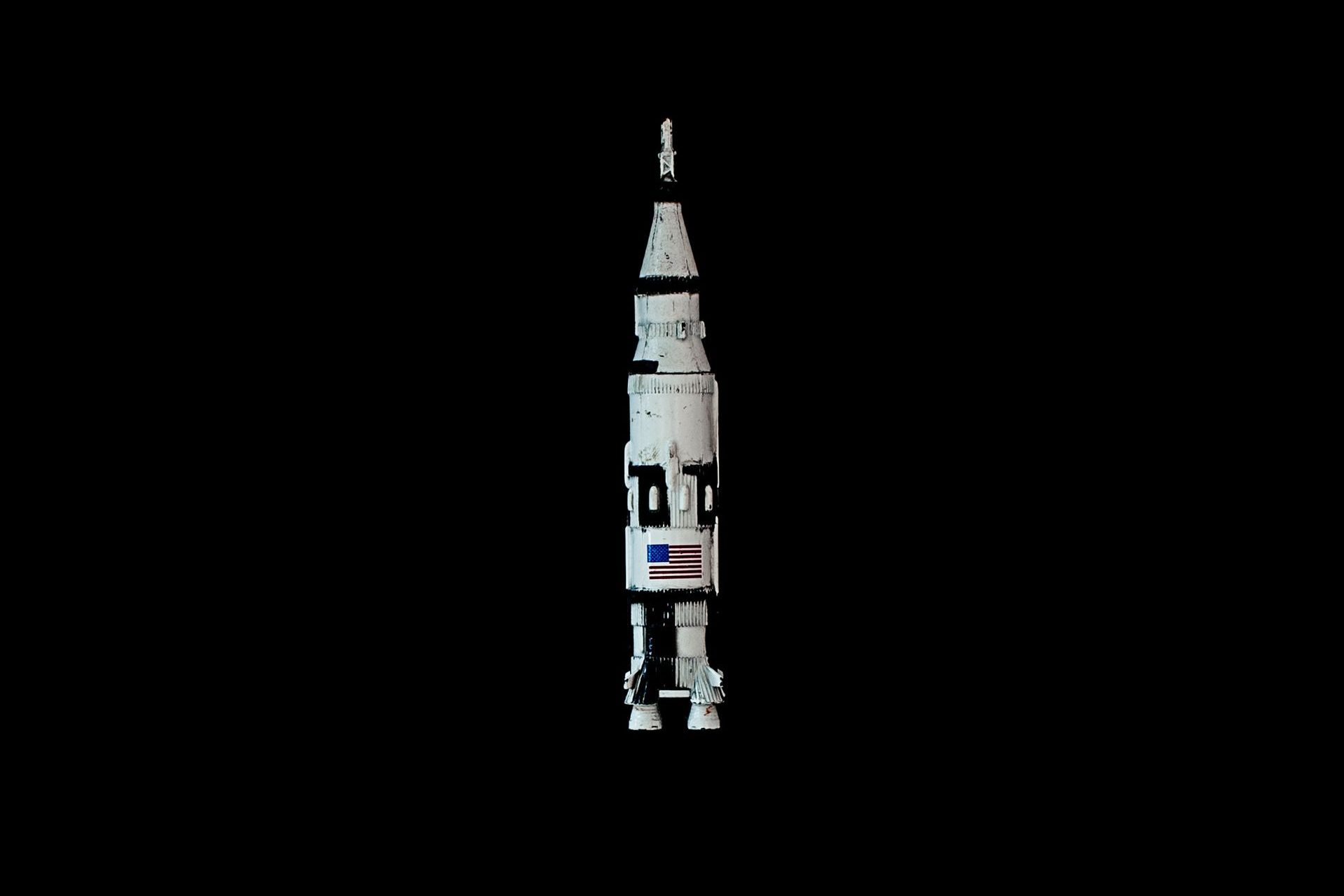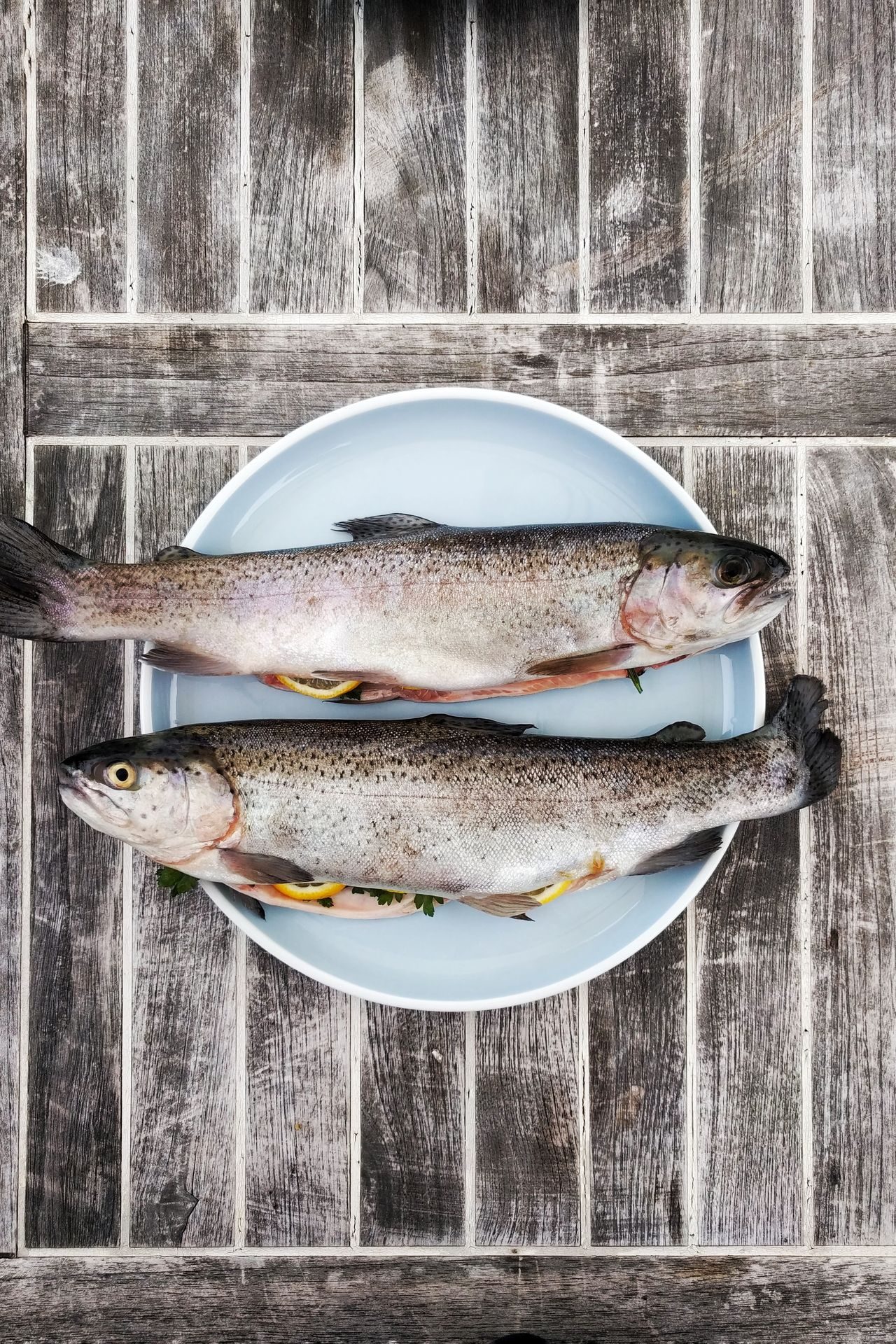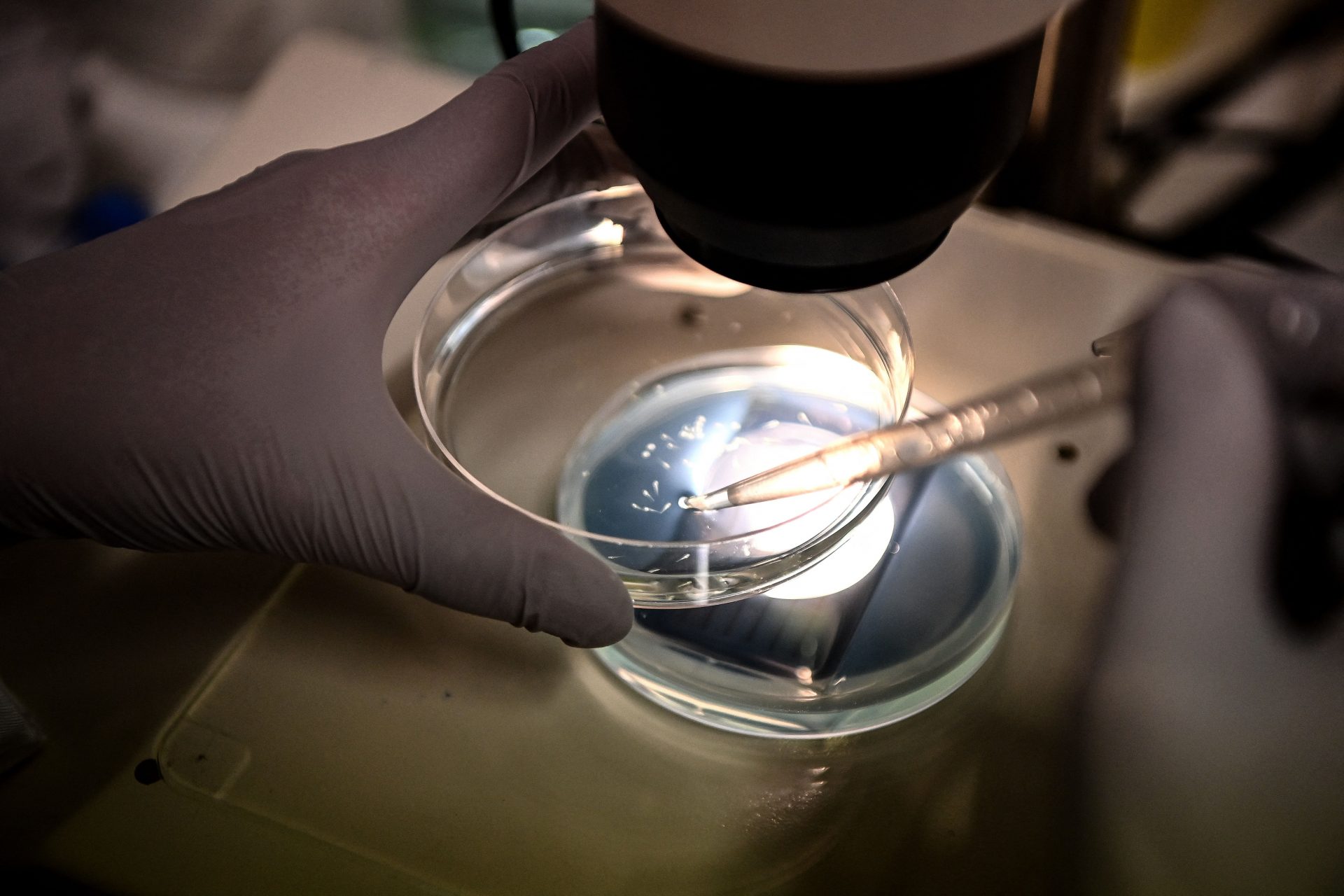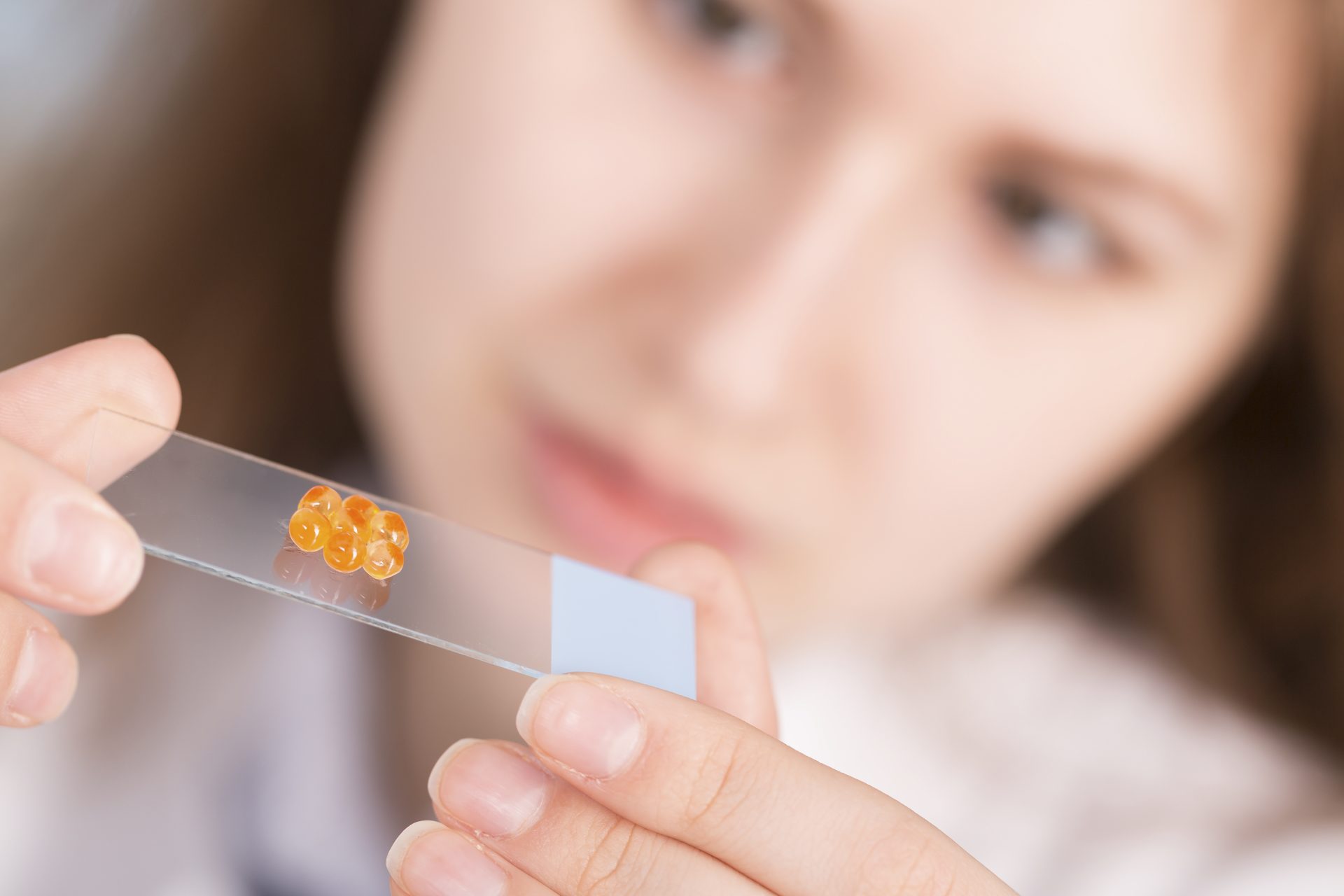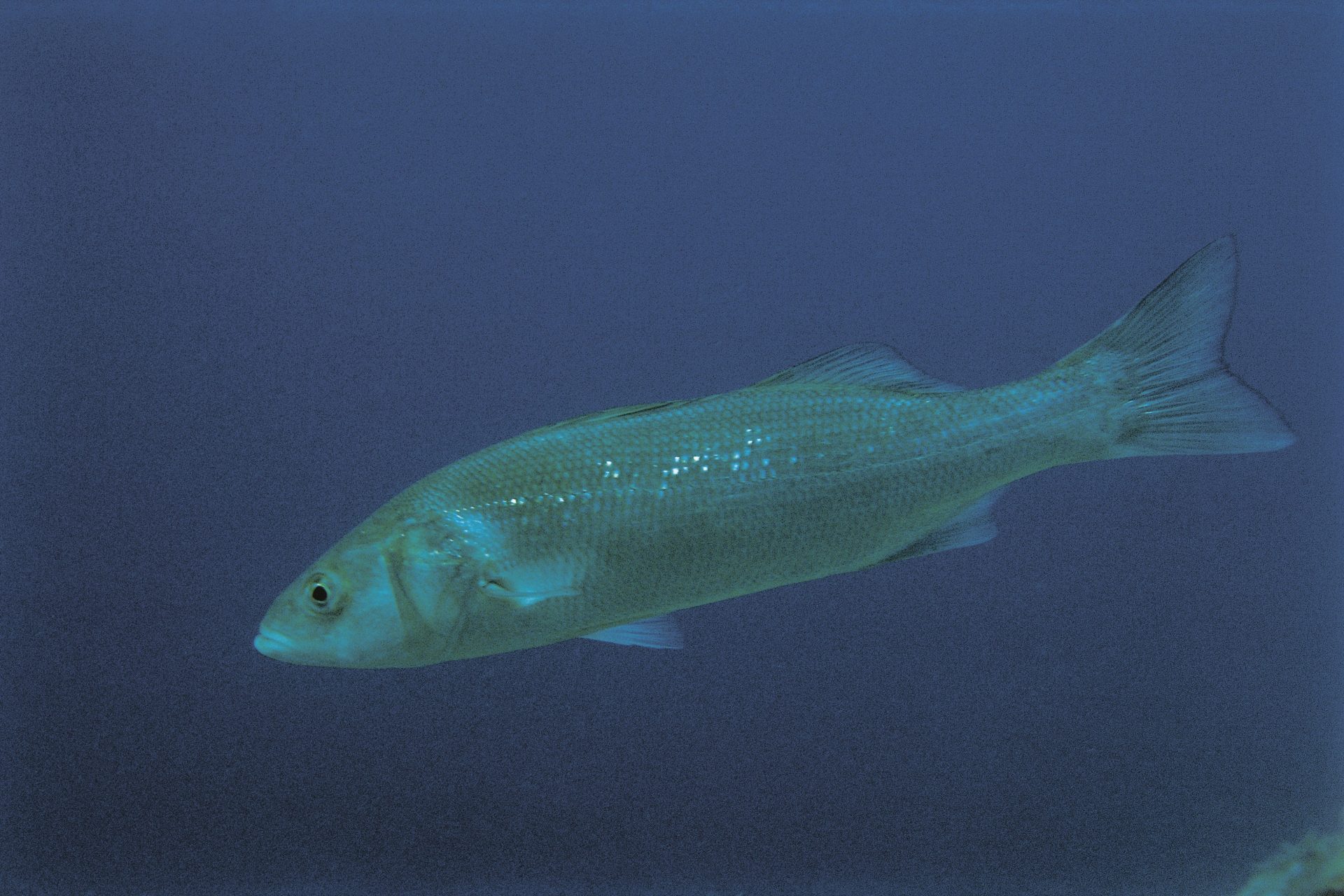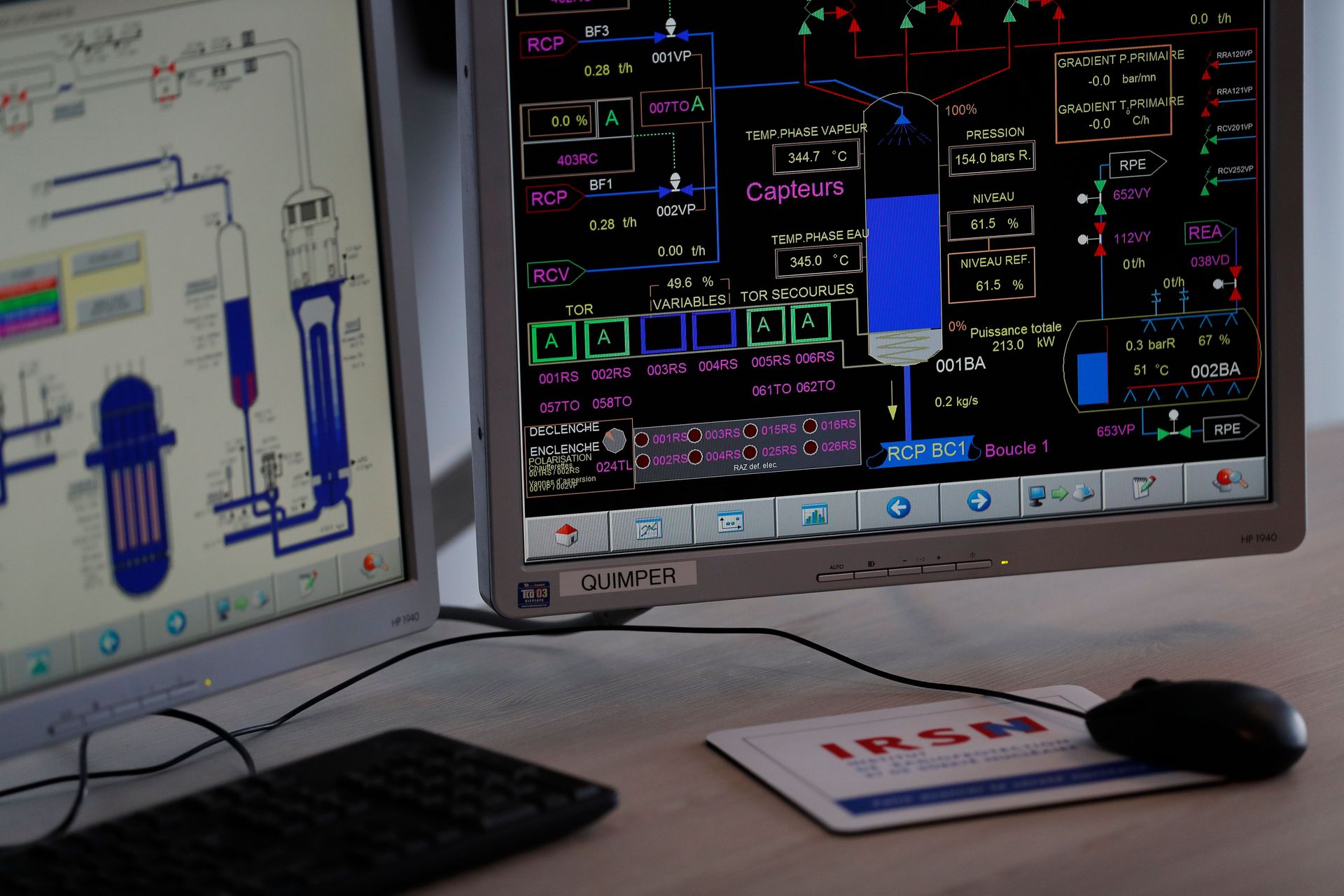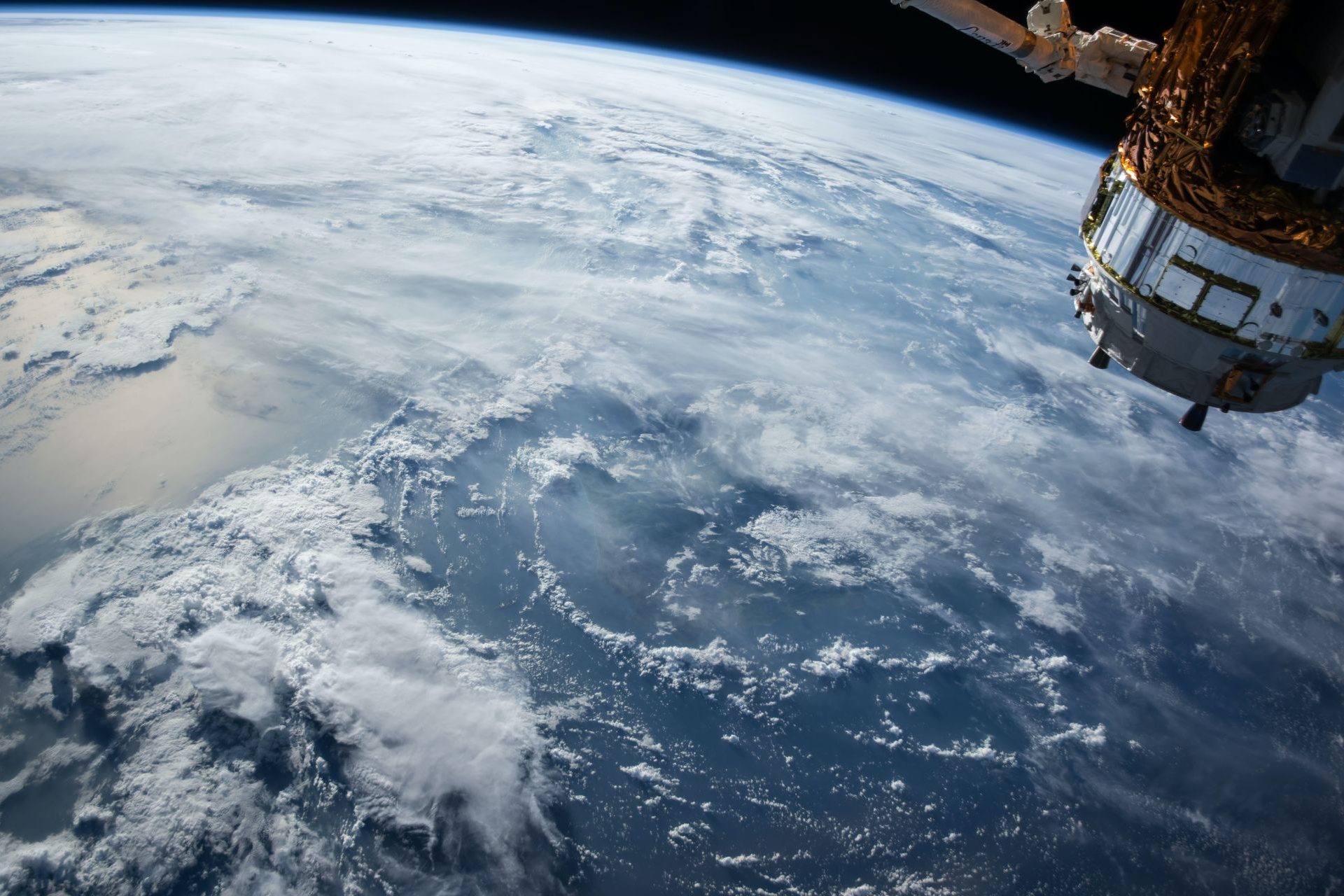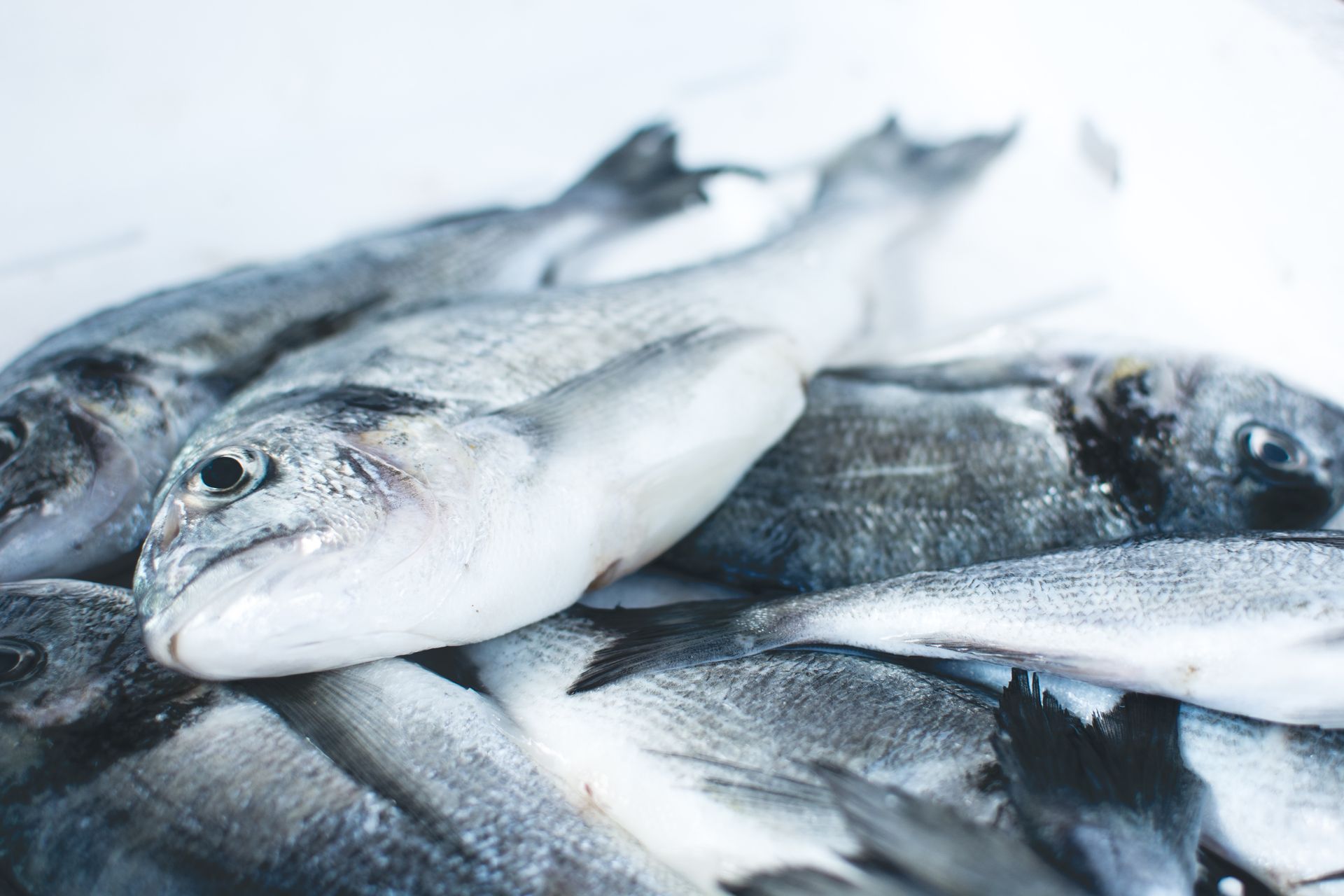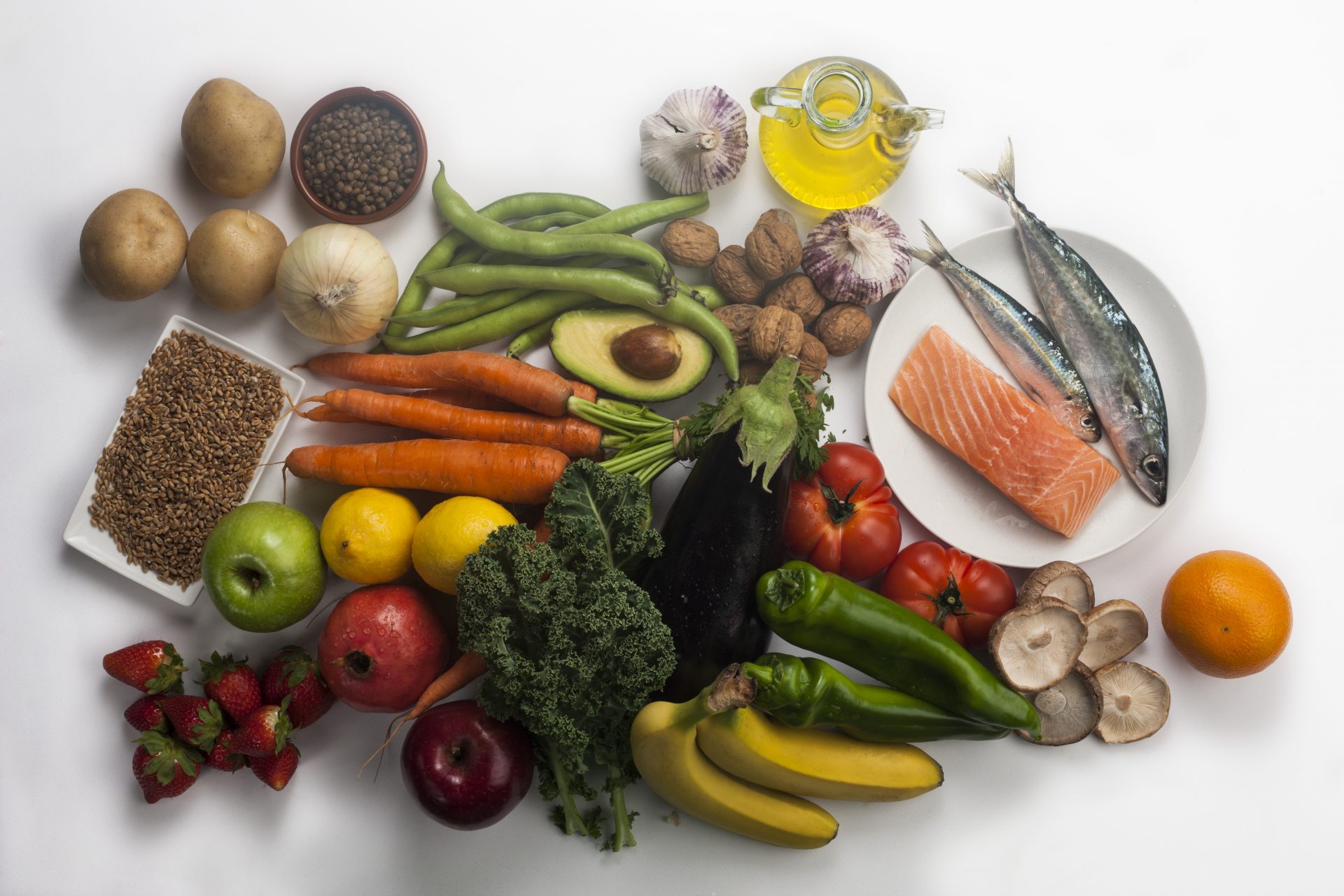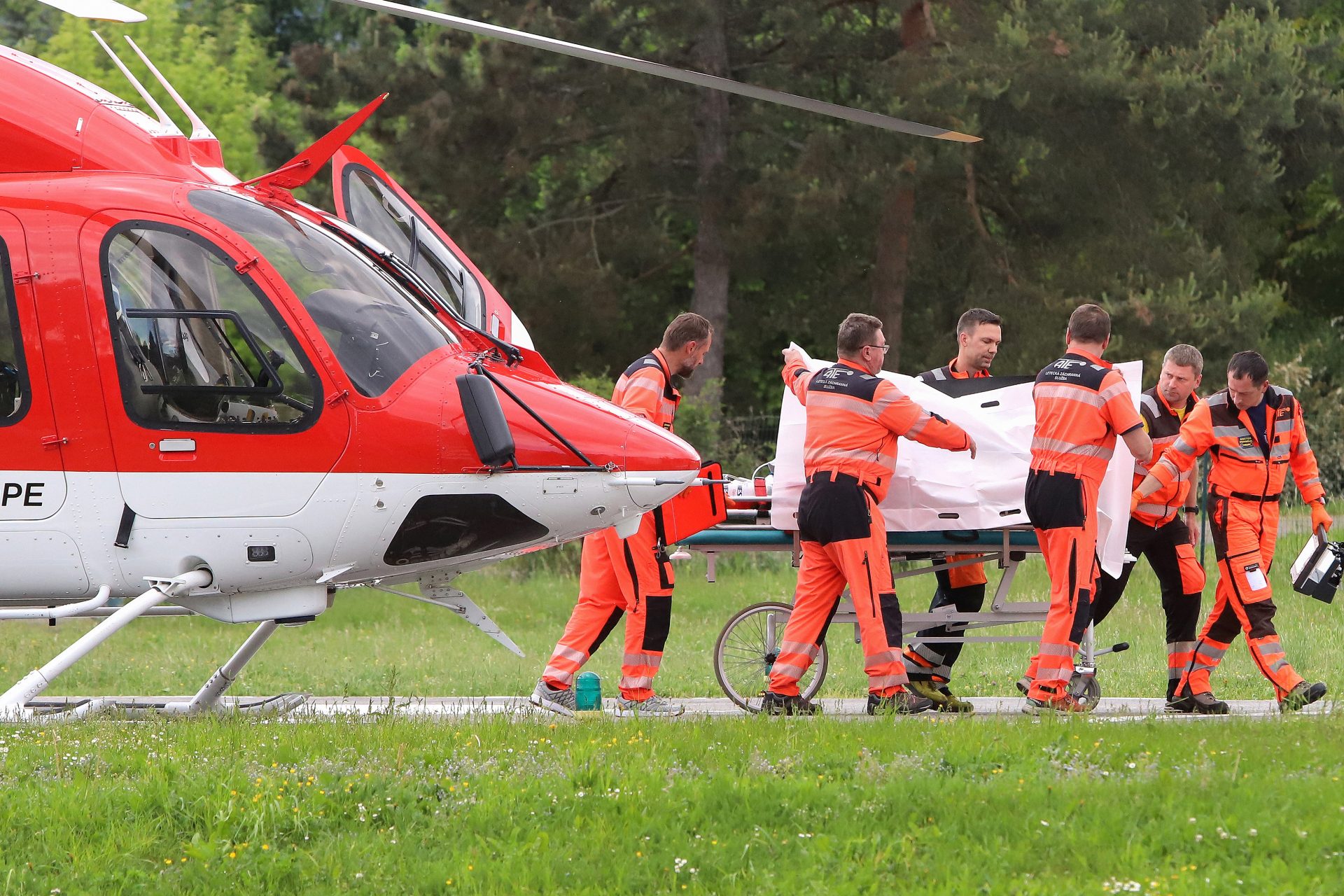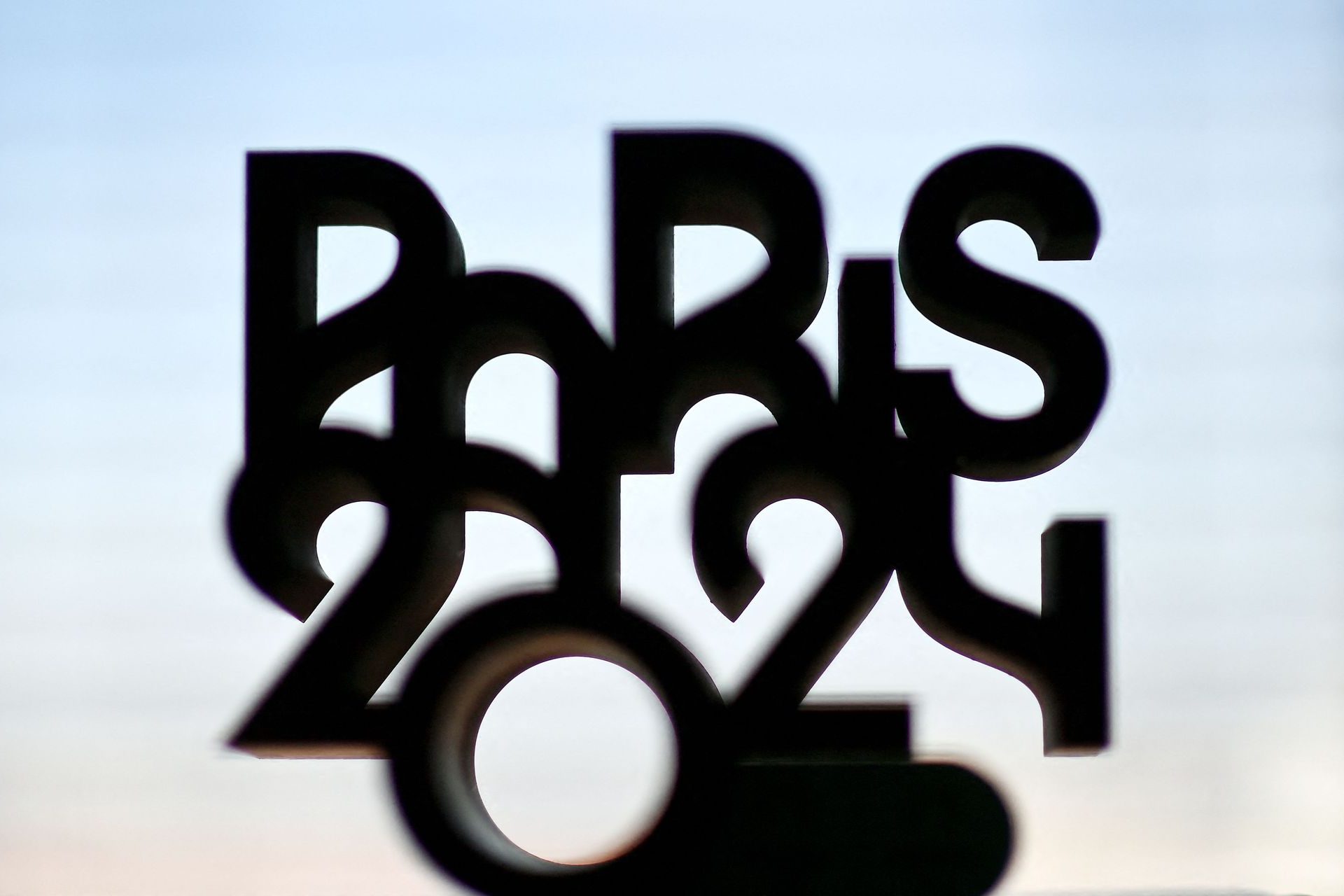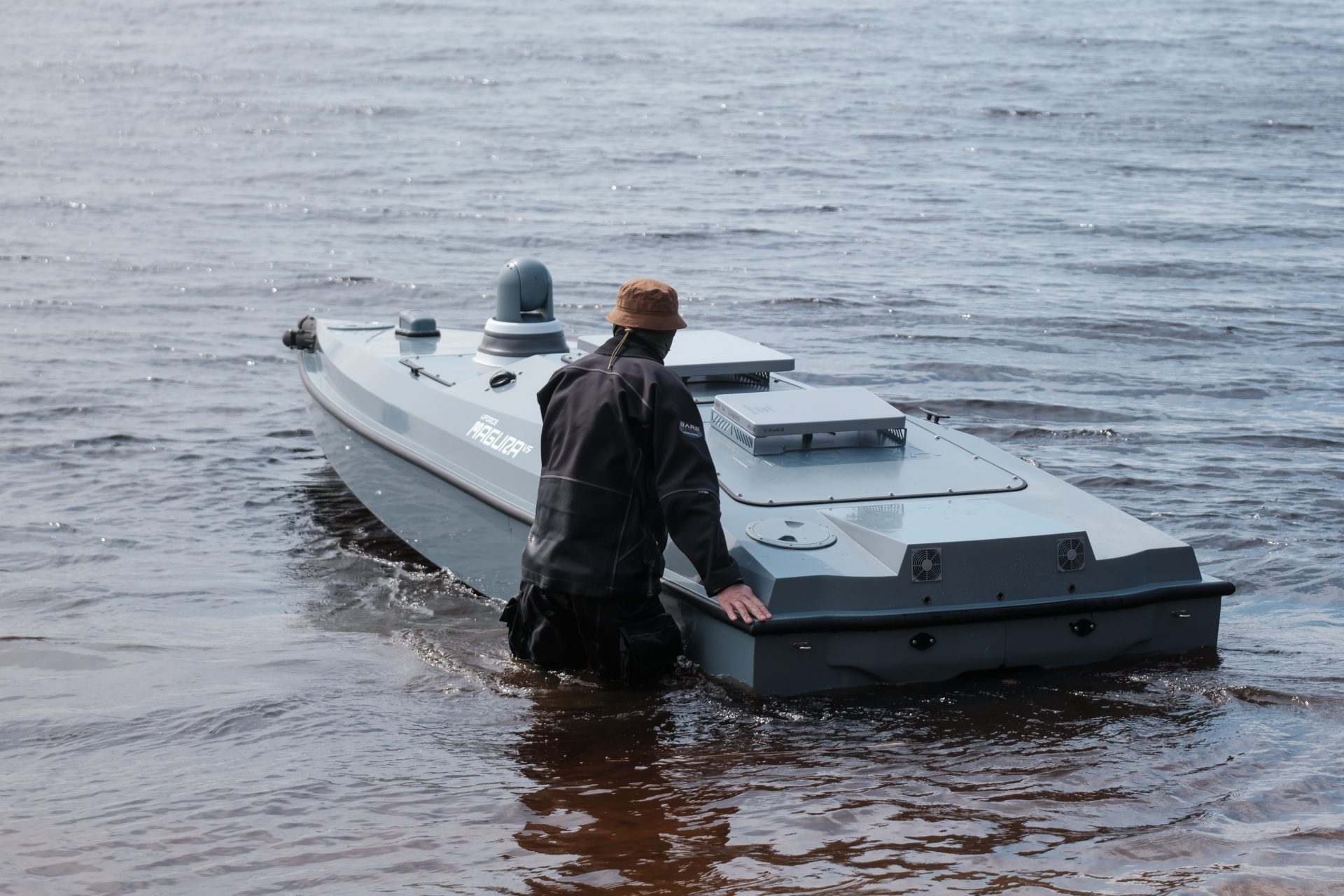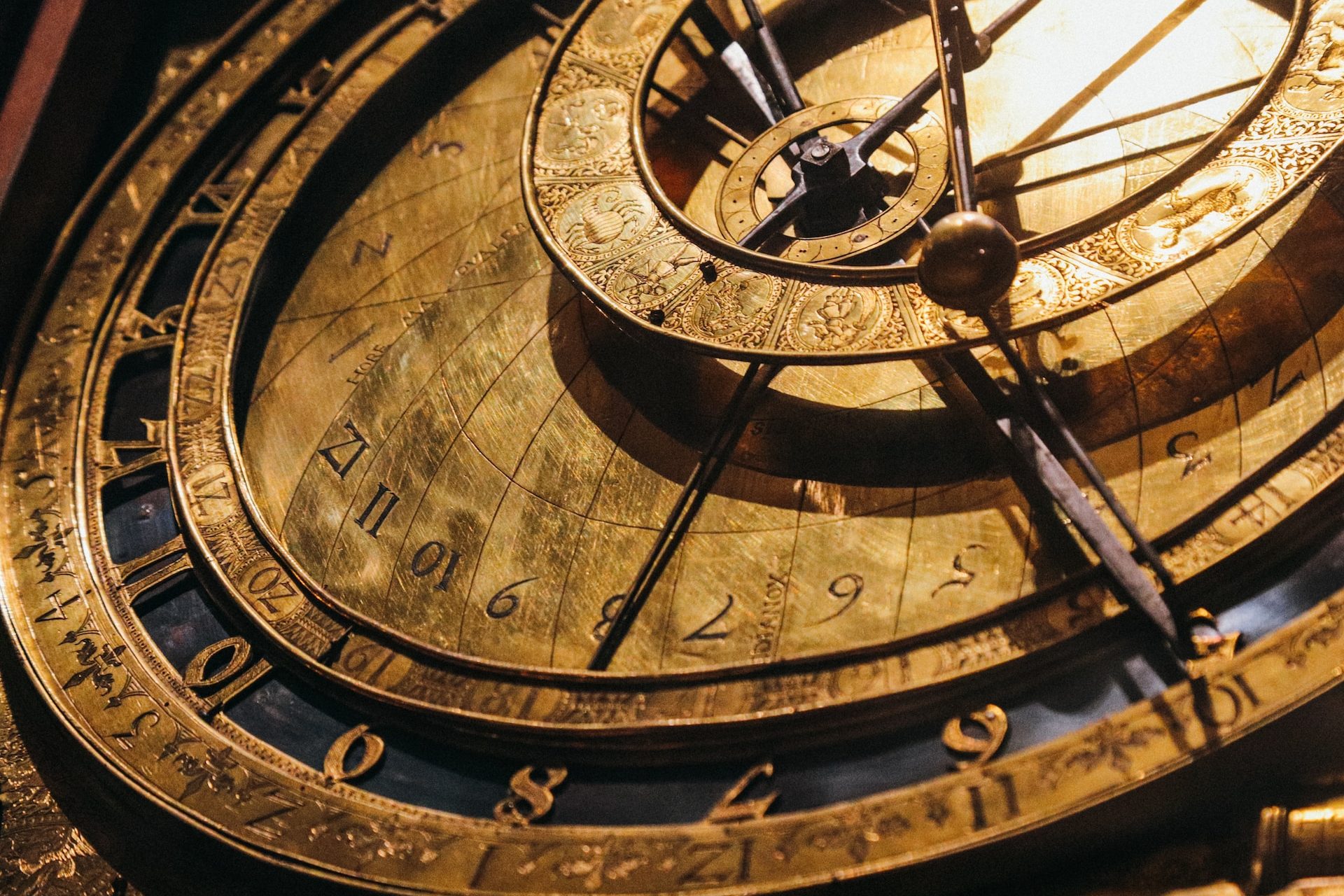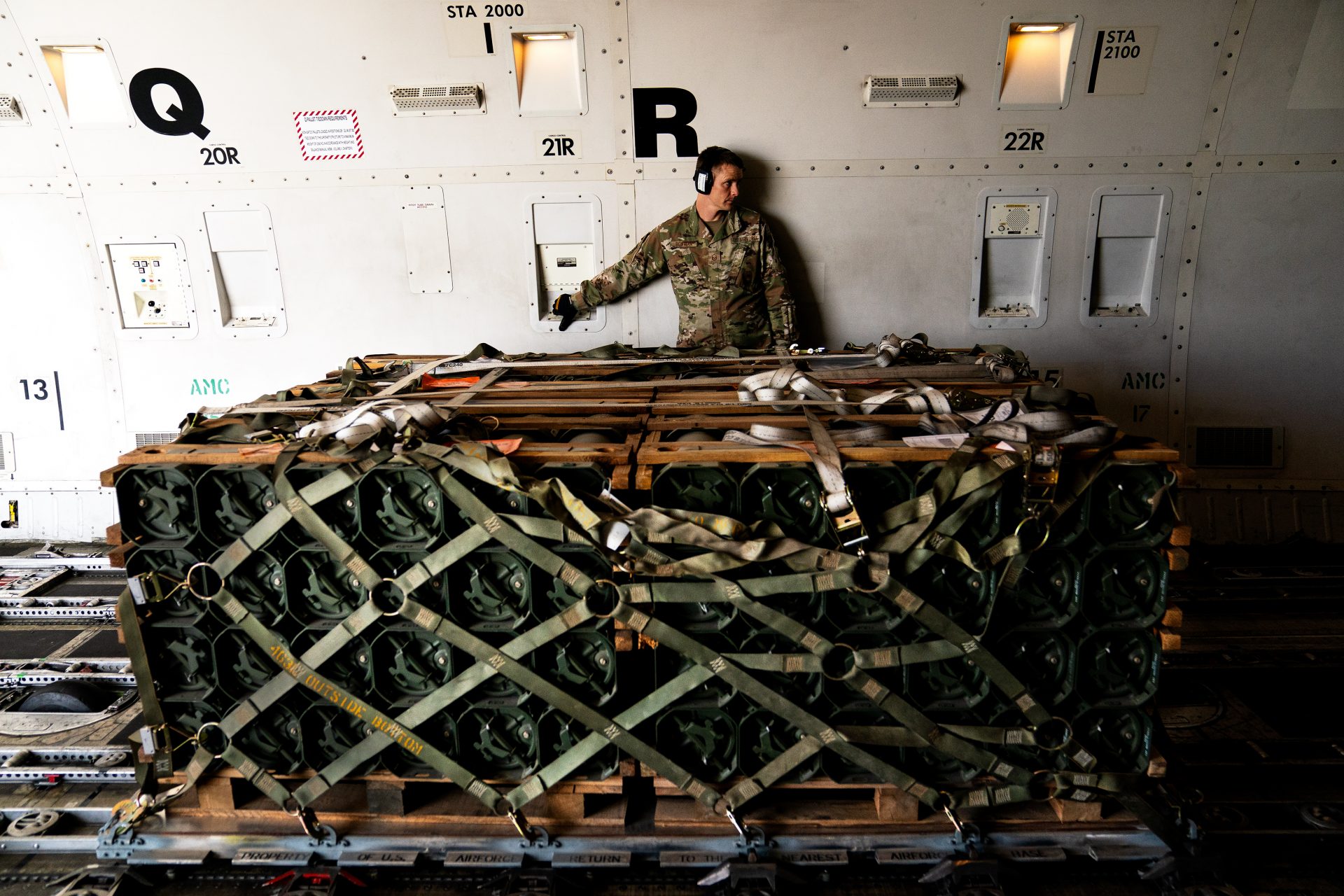Fish farming on the Moon could soon be a reality
Yes, you read that correctly: fish farming on the moon is being seriously studied, and initial results published on October 9, 2023, show that such a project could be brought to fruition.
This study is carried out as part of a program by Ifremer, the French Research Institute for the Exploitation of the Sea, in collaboration with the European Space Agency.
The program in question, which involves several research institutes, has been called “Lunar Hatch.”
@Ganapathy Kumar / Unsplash
Raising fish on the Moon seems all the less unrealistic since it is already planned to grow fruits and vegetables in greenhouses there, the day astronauts settle there permanently.
@Anna Pelzer / Unsplash
This project aims to secure and diversify the astronauts' diet by allowing them to have proteins of animal origin available on-site.
@NASA/Unsplash
As reported by 'France Info', the fish would grow in a closed circuit aquarium, fed directly by the water found on the Moon.
@Mikhail Preobrazhenskiy / Unsplash
The recent discovery found that fish eggs would be able to withstand the conditions of takeoff and weightlessness, and then grow and hatch normally.
Eggs were therefore subjected to the vibrations of the launch of a Soyuz rocket and its sound environment, as well as acceleration and hypergravity. Their survival and hatching rates are identical to those of the control fish.
@Blake Weyland / Unsplash
The species of fish used for these experiments is European sea bass (Dicentrarchus labrax) and meagre (Argyrosomus regius), both a reference in fish farming, as highlighted in the Ifremer press release.
@Gregor Moser / Unsplash
The researchers told France Info that they picked these two fish species due to their characteristics such as modest oxygen requirements, low carbon dioxide output, and a brief hatching time frame.
You might be wondering why the researchers decided to send eggs and not grown fish. The lead author of the study Cyrille Przybyla who is also an IFREMER aquaculture researcher told Hakai Magazine, "I proposed the idea to send eggs, not fish, because eggs and embryos are very strong."
The researchers' results showed an 82% success rate in the unshaken seabass control sample and 76% of the shaken seabass eggs hatched. However, the meagre fish eggs fared much better, with 95% of the unshaken meagre fish eggs hatching and 92% of the shaken eggs.
Their resistance to cosmic radiation still remains to be verified. To do this, Ifremer is working with the French National Institute for Radiation Protection and Nuclear Safety.
If the green light is given after this final check, the first shipment of egg capsules into low orbit could take place in the next few years, so that the behavior of fish in space can be observed.
@NASA/Unsplash
Ultimately, the goal would be to set up lunar breeding to provide fish twice a week for seven astronauts, thanks to a supply of eggs every six months.
@Jakub Kapusnak / Unsplash
By including fresh fish to the European Space Agency's proposed Moon Village's food supply by transporting eggs to the base astronauts would have a far richer diet, as fish provide essential nutrients such as amino acids, omega-3 polyunsaturated fatty acids, and vitamin B12.
More for you
Top Stories



